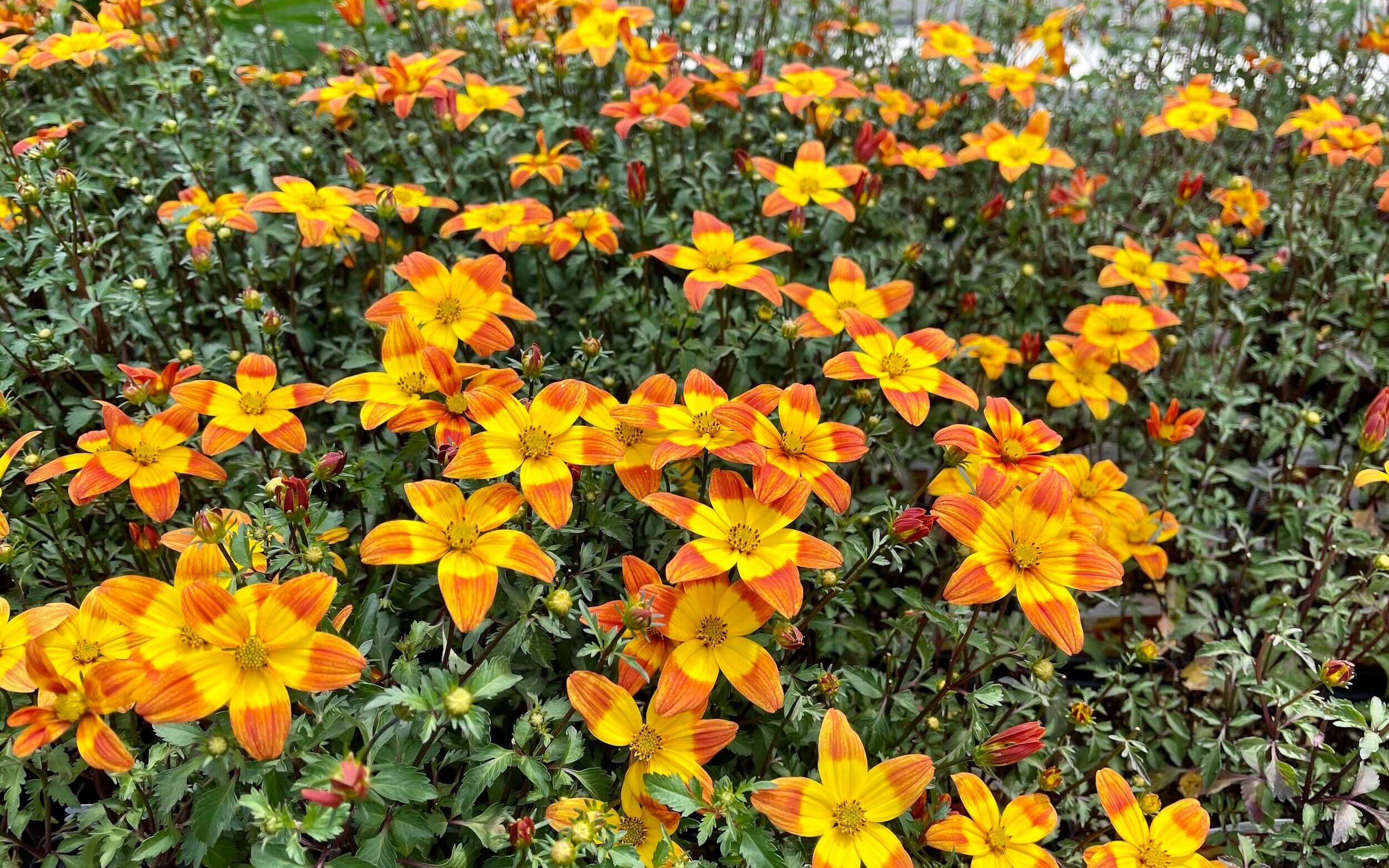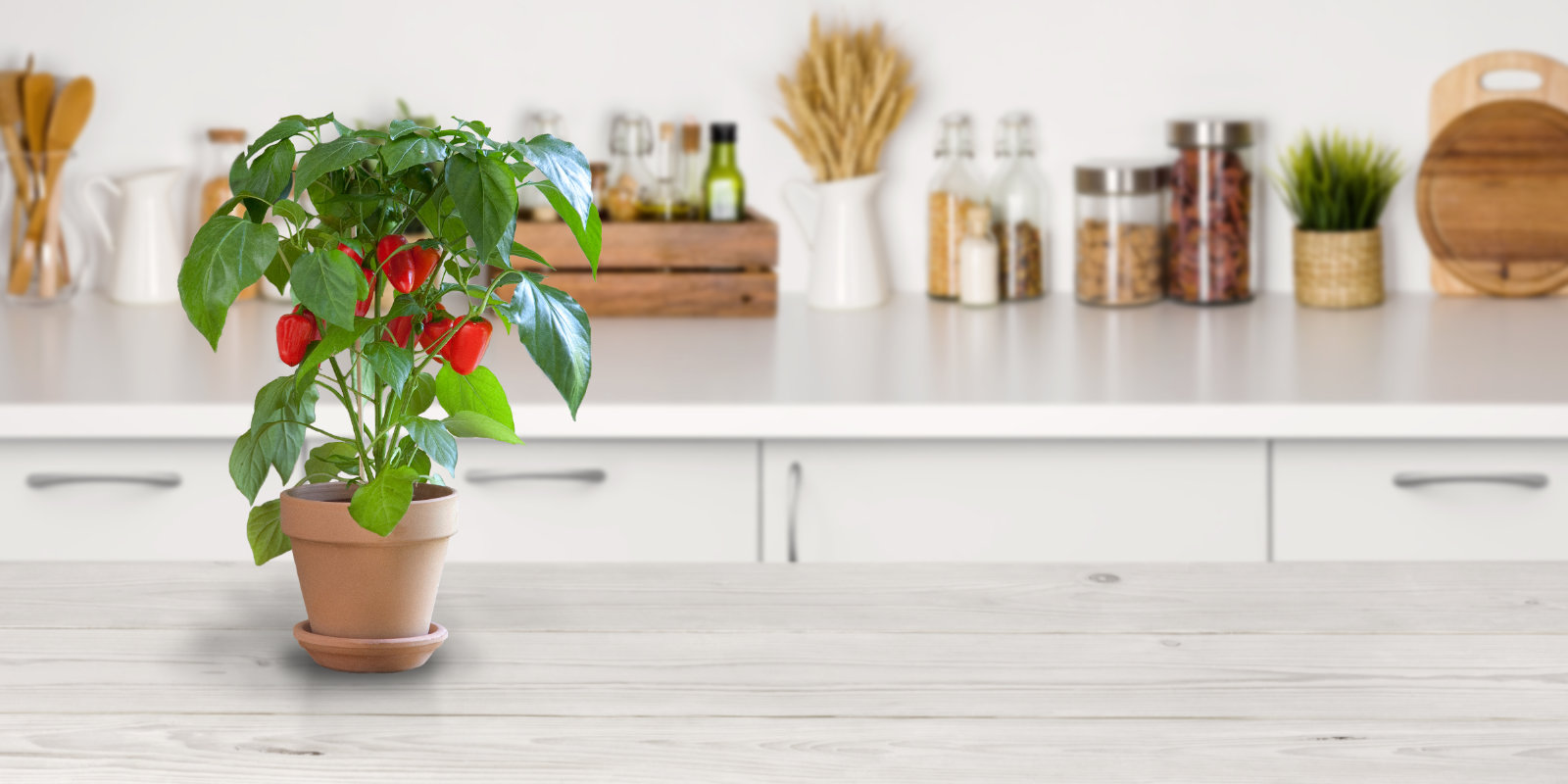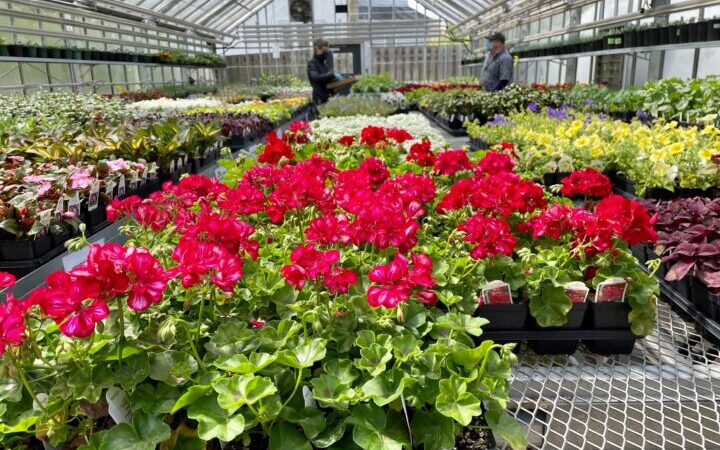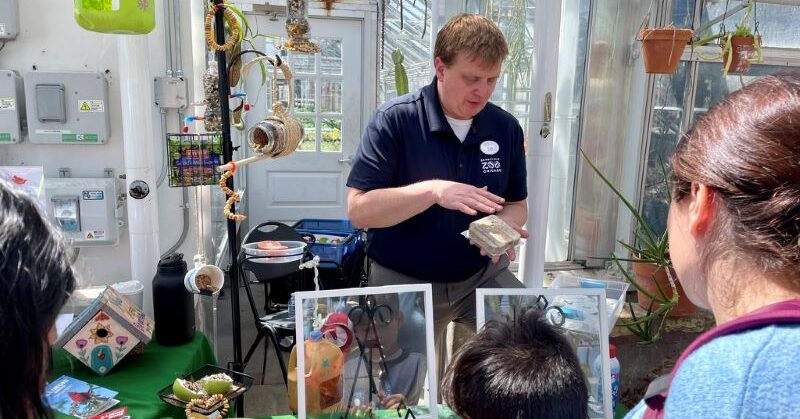In Greek mythology Iris is the goddess of the rainbow, and flowers grow wherever she walks the earth. What an apt namesake for this varied genus of flowers that come in a wide spectrum of colors and bring the flower power to our spring gardens.
With more than 300 accepted species, you can find an iris for every kind of garden. There are the graceful, water-loving Japanese irises; the tough-yet-delicate Louisiana irises that grow roadside in their native Southeast but can handle winters as cold as zone 4; the easy-to-grow Siberian irises whose grass-like foliage looks great all season; and the dainty crested and blue flag irises native to our region. (We are just scratching the surface here—check out The Gardener’s Iris Book by William Shear for an in-depth look at these beauties.)
Not to play favorites, but we’ll concede that one iris species attracts more attention than the rest. Tall bearded irises (Iris germanica) are the supermodels of the spring garden, rising above the fading foliage of daffodils and tulips with statuesque stalks that burst with luscious blooms and perfume the air with fragrances ranging from musky to sweet.
A few notes on floral anatomy: All irises (bearded and beardless) share three parts. The lower petals are called falls and the upper petals are called standards, with style arms in the center of the flower. Bearded irises have an additional feature called the beard (hence their name), a cluster of cellular hairs on the falls that resemble a tiny, fuzzy caterpillar (in fact, colorful beards that contrast with the petals are a prized feature among iris hybridizers).
But did you know that not all bearded irises are tall? There are five officially accepted categories for bearded irises in a range of heights that extend the bloom season up to two months and are often a better fit for small gardens. Here’s a little more about each one.
Types of bearded irises
Over the past century hybridizers have crossed tall bearded (TB) irises with the tiny alpine species Iris pumila to create what we now call dwarf bearded (DB) irises:
Miniature Dwarf Bearded (MDB): The smallest (eight inches tall or under) and first to bloom, often appearing along with early bulbs. Most produce multiple stalks on a rhizome instead of having branching stalks, producing a lovely carpet of densely-packed blooms.
Standard Dwarf Bearded (SDB): These range eight to 16 inches in height with flowers around three inches in diameter. They usually have three or more buds on a stalk and are easy to tuck into sunny mixed perennial beds.
These next three groups fall into the median iris category, which mostly bloom after the dwarf bearded irises but before the tall ones. While these all range from 16 to 27 inches tall (TBs are 27.5 inches and taller), they each have distinct characteristics:
Intermediate Bearded (IB): These mid-sized plants are the result of crosses between SDB and TB irises. They bloom a couple weeks after DBs and have more buds, but they are just as vigorous.
Miniature Tall Bearded (MTB): This name can be misleading, since “miniature” suggests these are short irises when they are not. These willowy plants are not hybrids but selections from TB seedlings. They have small flowers and thin stems that have earned them the nickname “table irises” because they work well in flower arrangements.
Border Bearded (BB): These look similar to intermediate bearded irises, but they aren’t hybrids either. Like the MTBs, they are seedling selections from TBs. BBs are essentially TBs that aren’t quite as tall, but bloom at the same time and, as their name suggests, work well in flower borders.
How to plant bearded irises
Bearded irises are best planted between July and September when they are past blooming but still have time to establish roots before the first frost. First, find an area with full sunlight (shade can result in “blind” irises that grow but don’t flower). Don’t worry about giving them too much sun—they can handle it. Ideally, the soil will be well drained so the rhizomes don’t rot; most Oak Park gardeners deal with clay soil, so amend your bed first with leaf mold, pine bark and compost for better drainage. Create a little mound of dirt so your iris is slightly elevated and place the rhizome on it, spreading its roots out from the center. Gently cover the rhizome, but not too deep—leaving a little bit exposed to the sun is perfect. Space TBs and MBs 12 to 24 inches apart (DBs can be planted closer together). Fertilize with a low-nitrogen fertilizer (a 6-10-10 is good) and you’re set.
How to divide bearded irises
After a few years you may notice your ever-expanding iris clumps aren’t blooming the way they used to. Fortunately, dividing bearded irises couldn’t be easier. First, lift the whole clump with a spade. Take a sharp knife and separate the clumps into pieces, either single rhizomes or mini-clumps. Discard any older pieces that don’t have foliage, are dried out, or are rotten. Cut the foliage down to 10 inches (you want the rhizome to focus its energy on developing new roots) and quickly dip it into a diluted bleach/water solution to prevent iris borers and leaf spot. Replant the divisions and share extras with friends!
Join the Friends of the Oak Park Conservatory on February 16 as we welcome the American Iris Society for a lecture on growing irises. You will learn the basics of when, where, and how to plant, soil preparation, spacing, care, and dividing of these lovely plants. Learn more and register here.
Written by Antonia Davison
Edited by Claire M. Ong
Sources and further reading:
The Gardener’s Iris Book by William Shear
A Guide to Bearded Irises: Cultivating the Rainbow by Kelly D. Norris
Dwarf and Median Bearded Irises: Jewels of the Iris World by Kevin C. Vaughn








